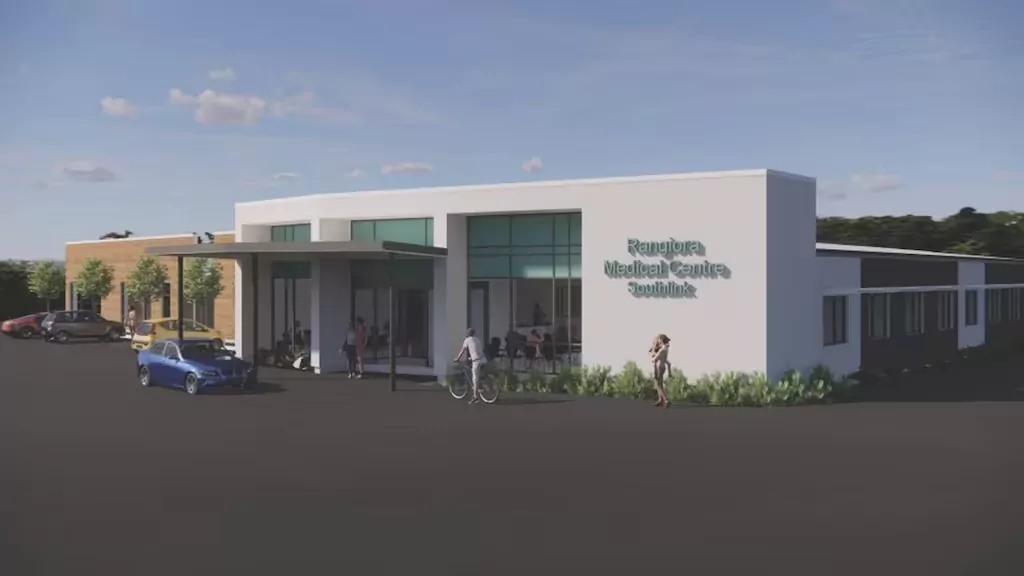Photo: unsplash
“A Te Ao Māori model of care or ‘Māori worldview’ will underpin the new Christchurch maternity unit for pregnant people” according to its executive director.
Construction is underway for the unit at Waipapa Hospital.
Kurawaka will have four birthing rooms, 20 postnatal rooms, a whānau room, lounge, an education room and six assessment rooms.
Executive Director of Midwifery and Maternity Services Norma Campbell said “it will be staffed by midwives employed by Te Whatu Ora alongside Lead Maternity Carers who work in the community to support pregnant people throughout their pregnancy, birth and postnatal care.”
“We are looking forward to this facility opening later this year as it will provide a safe place in the central city for healthy pregnant people with no complications to give birth and allow for a midwifery model of care which meets the needs of the community.”
Executive Director of Midwifery and Maternity Services Norma Campbell said the new unit will provide a safe place in the central city for healthy pregnant people with no complications to give birth and allow for a midwifery model of care which meets the needs of the community.
Campbell said Kurawaka is for our whole community.
“Currently, there is not a community birthing unit big enough to manage the numbers of hapū people who do not need to go to a tertiary hospital to have their pēpi.
Having a central city birthing unit means many of the māmā who currently birth at Christchurch Women’s Hospital will be able to go to Kurawaka instead.
“We will be able to provide a more equitable service delivery that better meets the needs of our diverse population.
For example for our Māori, Pacific and Asian communities, local midwife-led care in a setting where whānau support is easily accommodated is a cultural expectation, so this new unit presents an opportunity to improve the equity of our maternity care.”
Campbell said our project group, which is made up of Te Whatu Ora maternity staff and Lead Maternity Carers (LMC) including Māori midwives, along with Manawhenua Ki Waitaha representatives, is working hard to ensure we have a culturally appropriate facility and service delivered in the Māori worldview.
“The layout of the unit reflects tikanga values, for example having two whānau rooms – one by the birthing rooms and one in the postnatal area – and placing clean and dirty facilities away from each other. The interior design will also enable a sense of whanaungatanga (everyone belongs) through the use of natural fabrics and furnishings which reflect our environment and whenua.”
“There are exciting times ahead to have a Te Ao Māori model of care underpinning this unit and work is progressing on this.
All staff recruited to this unit will also complete cultural safety education and be confident providing midwifery care to tangata whenua and our wider diverse communities, working alongside our LMC colleagues within the unit.
The Maternity Strategy developed by our community four years ago reflects how all of our hapū whānau, regardless of ethnicity, wish to be treated and specifically recognises our bicultural relationship with Māori as Tangata Whenua.










